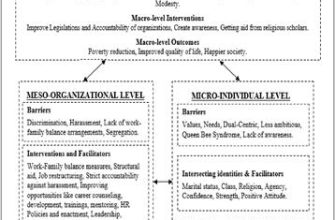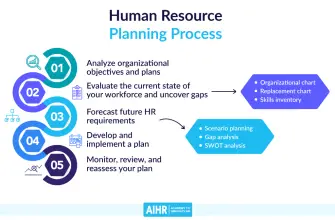Understanding the rules and regulations surrounding employment termination due to custodial sentences is crucial for both employers and employees. A custodial sentence meaning, in simple terms, is a judicial sentence, imposing a punishment consisting of mandatory custody of the convict, either in prison or in some other closed therapeutic or educational institution. This article aims to provide a comprehensive guide on the termination of employment in the event of a custodial sentence, the implications of such a sentence, and the rights and responsibilities of all parties involved.
Termination of Employment in the Event of a Custodial Sentence
When an employee is handed a custodial sentence, it can create a complex situation for the employer. The termination of employment due to imprisonment is not automatic, and employers must consider several factors before making a decision. These include the length of the sentence, the nature of the crime, and the impact on the workplace.
Employers should also consider the potential for discrimination claims if the termination is not handled correctly. For instance, if an employee is terminated due to a short-term custodial sentence for a non-work-related offence, they may argue that the dismissal was unfair.
Theft from Employer Sentencing Guidelines
One common reason for an employed sentence is theft from the employer. The theft from employer sentencing guidelines in the UK are quite clear. If an employee is found guilty of stealing from their employer, they can be handed a custodial sentence. The length of the sentence will depend on the value of the stolen goods, the employee’s role within the company, and whether they have any previous convictions.
What Happens at the End of a Suspended Sentence UK?
In the UK, a suspended sentence means that the offender does not go to prison immediately but is given a probation period. If they commit another crime during this period or fail to comply with the conditions set by the court, they may be sent to prison. However, what happens at the end of a suspended sentence UK is that if the offender does not break the law during this period and meets all the conditions, they will not serve time in prison.
Separation Letter from Employer
When an employee’s employment is terminated due to a custodial sentence, it is essential for the employer to provide a separation letter. This letter should detail the reasons for the termination, the final pay and any benefits due, and information about appeal procedures if applicable.
- The separation letter from employer should be clear and concise, explaining the reason for termination.
- It should also include details about the final paycheck, including any outstanding holiday pay or bonuses due to the employee.
- The letter should also provide information about any appeal procedures, should the employee wish to challenge the termination.
Understanding Custodial Sentences
Understanding what is a custodial sentence is crucial for both employers and employees. A custodial sentence is a judicial sentence, imposing a punishment consisting of mandatory custody of the convict, either in prison or in some other closed therapeutic or educational institution. The length of a custodial sentence can vary greatly, from a few days to several years, depending on the severity of the crime.
Conclusion
In conclusion, the termination of employment in the event of a custodial sentence can be a complex process, requiring careful consideration from employers. It is crucial to understand the custodial sentence meaning and the implications it can have on employment. Employers must ensure they handle such situations fairly and lawfully, considering the nature of the crime, the length of the sentence, and the impact on the workplace. Employees, on the other hand, should be aware of their rights and the potential consequences of their actions.









